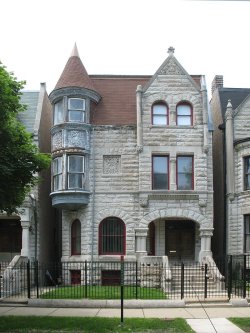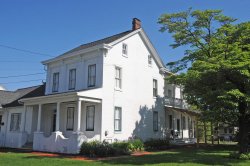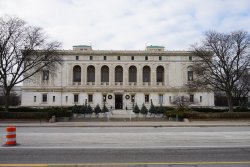La Maison Gabrielle-Roy
Located in the house where Gabrielle Roy was born, La Maison Gabrielle-Roy is a museum dedicated to the French-Canadian author’s life and work. Following Roy’s death in 1983, the house was purchased in 1997 and underwent restoration for two years; it opened for public viewing in 2003. Since then, it has served as one of Canada‘s heritage sites for French literary and artistic expression and a touchstone of the Francophone community in Canada.














